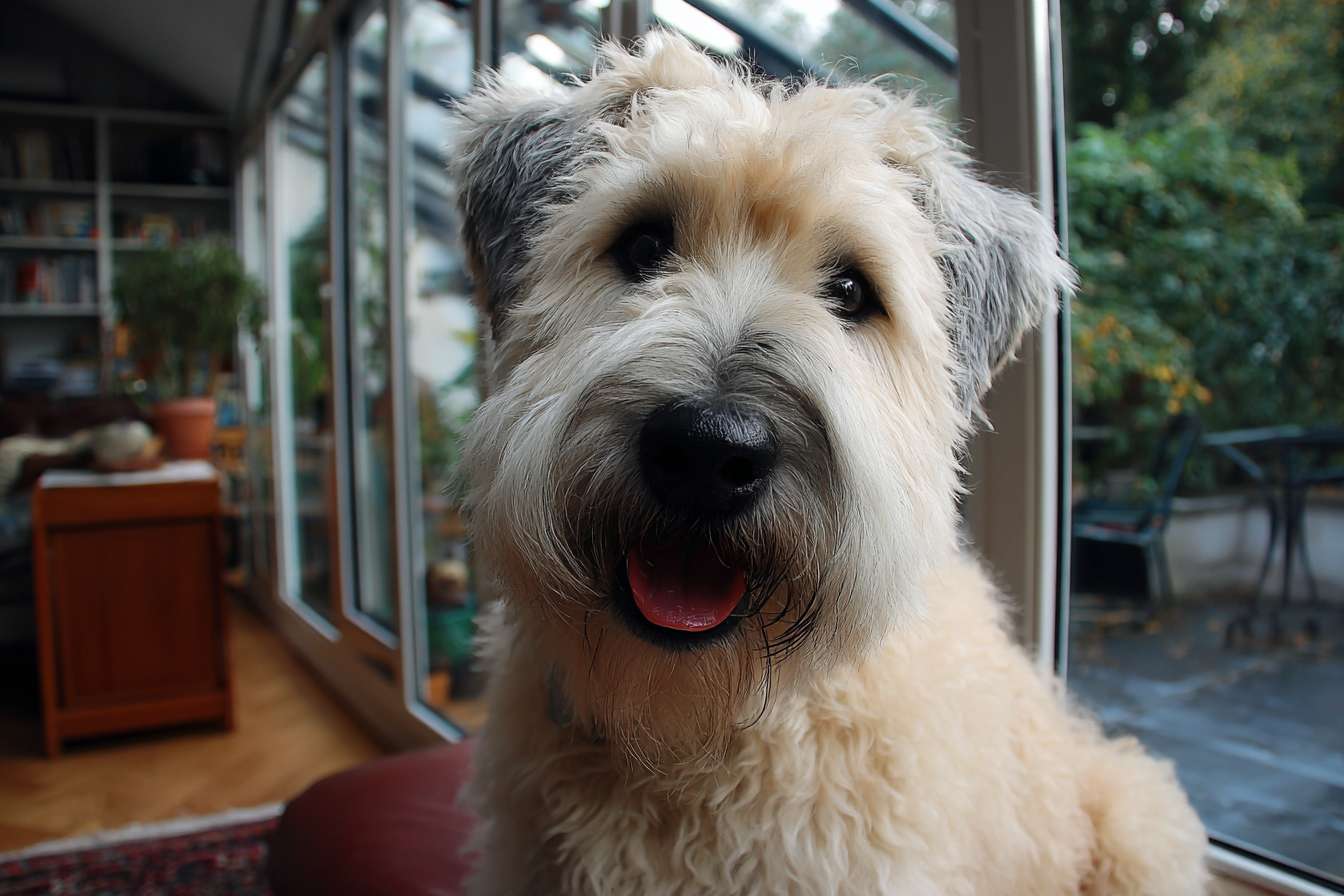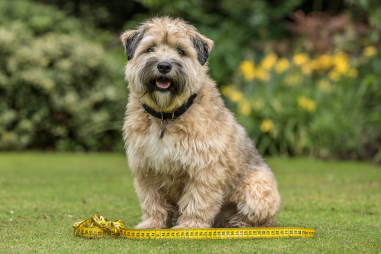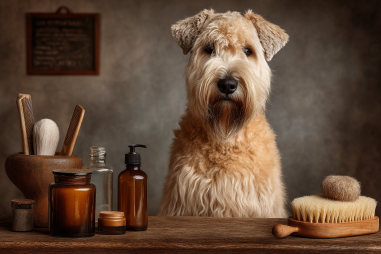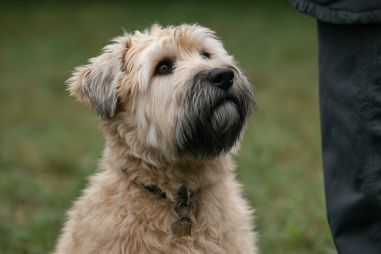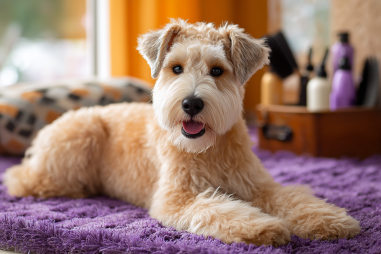If you or a loved one suffers from allergies, the idea of bringing a dog into your home can feel daunting. Among the many breeds touted as “hypoallergenic,” the Soft Coated Wheaten Terrier often comes up. But is this fluffy, friendly dog truly a good fit for allergy sufferers? In this article, we’ll explore what hypoallergenic really means, take a close look at the Wheaten’s shedding and dander, and share practical tips to help you live comfortably with allergies alongside this charming breed.
What Does Hypoallergenic Mean?
The term “hypoallergenic” is often used in the pet world to describe animals that are less likely to trigger allergic reactions. However, it’s important to understand that no dog breed is 100% hypoallergenic. Allergies to dogs are generally reactions to proteins found in their skin cells (dander), saliva, and urine—not just the fur itself. While some breeds shed less and produce fewer allergens, individual reactions can vary widely.
When people label dogs like the Soft Coated Wheaten Terrier as hypoallergenic, they usually mean these dogs shed minimally and produce less dander compared to other breeds. This can help reduce exposure to allergens but does not guarantee allergy-free living.
Shedding and Dander Levels in Wheatens
The Soft Coated Wheaten Terrier is known for its single-layer, silky, wavy coat that ranges in color from pale gold to shimmering wheat. Unlike many double-coated breeds, Wheatens have a single coat that sheds very little. This low shedding can help reduce the spread of dander around your home, which is a significant trigger for many allergy sufferers.
That said, while Wheatens shed less hair, they still produce dander and saliva proteins that can cause allergic reactions. Their coat requires regular grooming and professional trims to maintain a healthy texture and prevent matting. Proper coat care also helps minimize the buildup and release of allergens.
Allergy Triggers Related to Dogs
Most allergic reactions to dogs stem from sensitivities to specific proteins that dogs produce. These allergens are found primarily in:
- Skin flakes (dander): Tiny particles of dead skin cells continually shed by dogs
- Saliva: When dogs lick themselves, the saliva dries on the fur and skin, releasing allergens
- Urine: Especially problematic in indoor environments when not cleaned promptly
Of these, dander is typically the biggest culprit. Since Wheatens shed less fur, they tend to scatter fewer skin particles around the house compared to high-shedding breeds. Still, allergy sufferers should be cautious and proactive to minimize exposure to these allergens.
Tips to Reduce Allergic Reactions
If you’re committed to welcoming a Soft Coated Wheaten Terrier into your home despite allergies, there are several effective strategies you can employ to make life easier:
- Designate pet-free zones: Especially in bedrooms to reduce nightly allergen exposure
- Use air purifiers: HEPA filters can trap airborne allergens and keep your indoor air cleaner
- Frequent cleaning: Vacuum with a HEPA-filter vacuum cleaner and mop floors regularly to remove hair and dander
- Wash linens often: Bedding, cushions, and dog blankets should be cleaned weekly
- Consider allergen-neutralizing sprays: These can help reduce dander on surfaces and fabrics
- Mind your clothing: Some allergens cling to fabrics, so changing clothes after heavy interaction with your dog may help
Grooming Practices to Manage Allergens
Regular grooming is essential when living with a Wheaten and allergies. Well-maintained coats produce fewer loose hairs and mats where dander can accumulate. Here’s what breeders and Wheaten owners recommend:
- Regular brushing: Aim for at least 3-4 times a week with a slicker brush or comb to prevent matting and remove loose skin flakes
- Frequent baths: Bathing your Wheaten monthly with a gentle, hypoallergenic dog shampoo can wash away dander and reduce allergens
- Professional grooming: Regular trims by a professional groomer keep the coat manageable and improve air circulation, which can help reduce dander accumulation
- Ear and dental care: Allergens can build up in ears and around the mouth, so routine cleaning helps minimize exposure
It’s also a good idea to groom your dog outside or in a well-ventilated area to prevent allergens from settling in your living spaces.
Success Stories from Wheaten Owners with Allergies
Many people with mild to moderate allergies have found that living with a Soft Coated Wheaten Terrier is quite manageable. Owners often share that consistent grooming routines and careful home cleaning make a significant difference. Some report that their allergy symptoms are mild or even negligible after spending time with their Wheatens, especially when they previously struggled with reactions to other breeds.
Of course, every individual and every dog is unique. Some allergy sufferers may find that alternative breeds with even lower dander production are a better fit, while others thrive with a Wheaten when they take proactive measures.
When to Consider Allergy Testing
If you’re thinking about adding a Soft Coated Wheaten Terrier to your family but have known allergies, it’s wise to consult an allergist before making the decision. Allergy testing can pinpoint specific sensitivities and help gauge how you might react to a Wheaten’s allergens.
Some allergists offer in-office dog dander exposure tests that provide a preview of your individual response before bringing a dog home. Additionally, you might want to spend time interacting with a Wheaten—such as visiting breeders, friends, or rescue groups—to observe your reactions firsthand.
Getting a clear understanding of your own allergies ensures you make an informed choice that keeps your family’s health and happiness in balance.
Embracing Life with a Wheaten and Allergies
The Soft Coated Wheaten Terrier is a lovable, energetic, and affectionate breed that has captured the hearts of many dog lovers. While no dog breed can guarantee a completely allergen-free experience, Wheatens’ low shedding coat and manageable grooming needs make them a promising option for many allergy sufferers.
By understanding what triggers allergic reactions and adopting practical daily habits such as regular grooming, cleaning, and air filtration, you can create a comfortable living environment for both you and your Wheaten companion. With the right preparation and care, allergy symptoms don’t have to stand in the way of enjoying the warmth and joy a Soft Coated Wheaten Terrier brings into your life.

